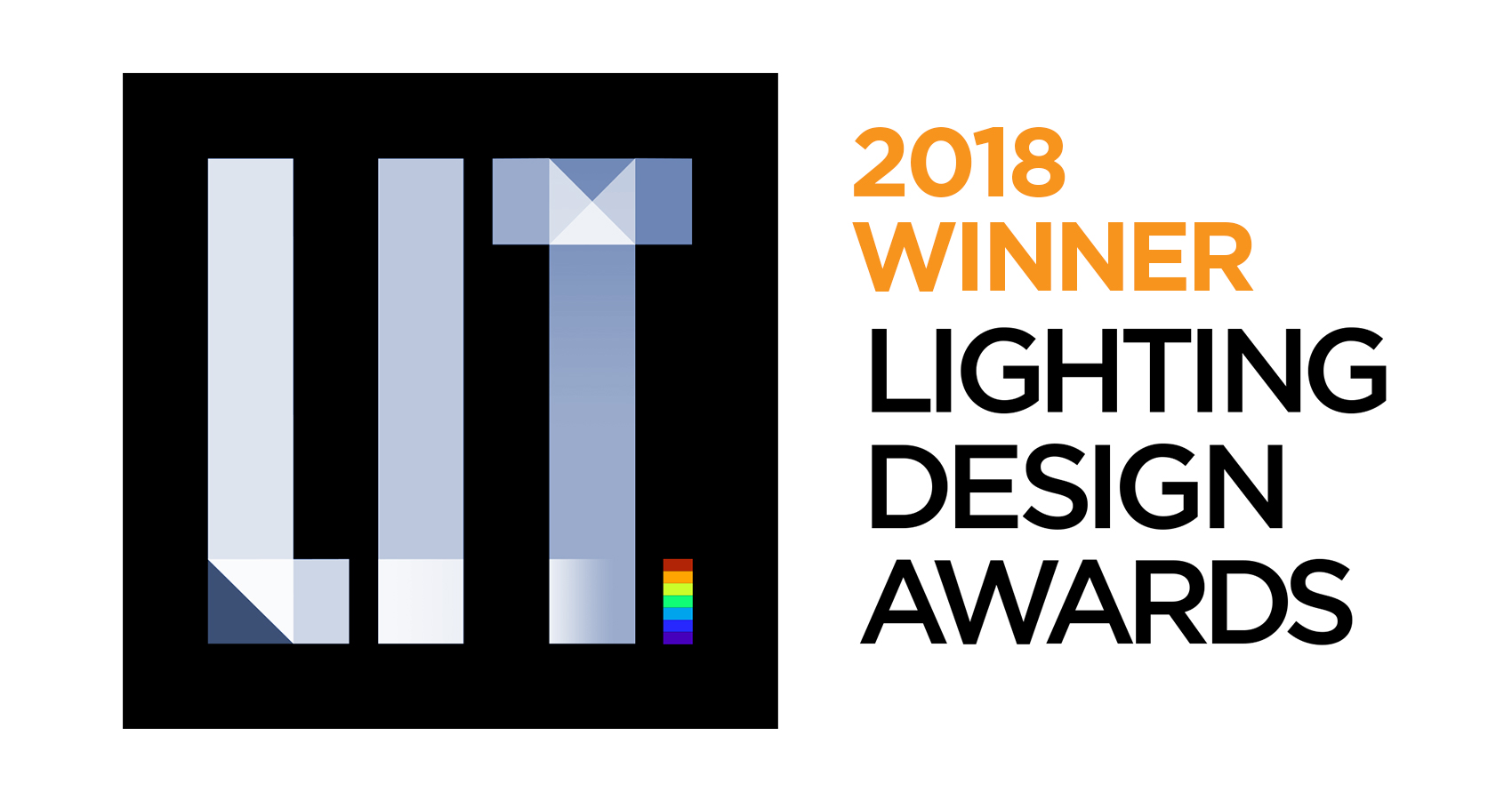Prize(s) Winners in Interior Architectural Illumination
Lighting Design/Product Company Shaanxi Daqinbozhan Decoration Co., Ltd.? United Artists Lighting Design Corp., Ltd.?
Lead Designers Dongning Wang, Yue Qiang, Li Dong, Maizi, Honglei Wang, Guofeng Zhang, Zhenmei Cui, Jinlong Liang, Zhanguo Liu, Kun Teng
Completion Date May, 2018
Project Location Xi'an, Shaanxi province, China
Entry DescriptionThe Shaanxi History Museum is an art palace that presents Shaanxi culture and ancient Chinese civilization. It is famous for its profound and rich cultural treasures. The new exhibition space with almost hundreds of priceless treasures provides visitors a platform to talk to the artwork.
From the perspective of visitors, the key of lighting design is to use light to present the charm of exhibits and exhibition space. It is important to take creating comfortable visual feelings as the premise of lighting design and thus to create a harmony visiting atmosphere for the exhibition space. Lighting for museums should not only present the aesthetic characteristics of the building itself, but also to accent the artistic features of the exhibits. What we want to achieve is to seeing the light without seeing the light fittings, and to provide unique lighting for each exhibited item.
The brightness of lighting is gradually changing from exterior to interior space to provide visual buffer for visitors. Light is designed as the invisible moving line for the exhibition space, which is based on the exhibition flow line. Lighting design takes this as a design principle and considered the exhibits characteristics and brightness distribution in the space. By emphasizing the lighting atmosphere of design highlights, we used light with various brightness distribution to arouse visitors’ emotional feelings and achieve an attractive experience.
We chose light fittings based on the characteristic of exhibits to perfectly fuse the lighting and exhibit design. For showcases, we used spot lights at 2 Watts and with a beam angle of 7 degree. By casting lights in two directions, the stereo feelings of the exhibits are achieved and the excessive shadow is eliminated. Projectors are used for the stone stele to provide accurate lighting and reduce mirror reflections. The wallwashers at low illuminance are used to provide even lighting to the wall surface and indirect light to the space. The indirect light in the space provides visitors an elegant lighting atmosphere and improves the visual comfort significantly.
In order to achieve a pure space, it needs lighting designer and the industrial designer to cooperate with each other to conceal the light fittings. It has provided reference for us by learning the case of British Museum. The back panels are evenly lighted and the details of the exhibits are better outlined by using small-size spot lights with multiple lenses. It is also helpful to use light fittings with narrow beam angles for accent lighting. In order to keep the aesthetic view of the elegantly designed showcase, it is important to conceal light fittings cleverly and consider the beam angle and size of the light fittings. By this, visitors can better experience visiting the exhibits and reduce the visual interference caused by exhibit equipment.
The artificial light should give the visitor a sense of reality. The precise light projecting angle and the position of the light fittings perfectly present the texture, strips and colors of the exhibits. The use of track lights provides lighting from multiple directions to the exhibits in the showcase. The combination of using accent lights with narrow beam angle and wallwashers with wide beam angle not only present the details of the exhibits, but also reduce the shadows on the exhibited items. The specially designed linear light slots conceal the light fittings perfectly without harm the designed lighting effect.
Each independent showcase is a transparent cube. In order to avoid any reflection on the glass, we communicate with the showcase designer for light fitting installation location and the direction of lighting at the beginning of the design process. At last, the exhibited items are illuminated without any glare and mirror image after series calculation and on-site tests. The selection of light fittings is highly consistent with the modern architecture style of the space. The carefully designed lighting of the showcases allows visitors to see the beauty of the exhibits in close proximity without any visual interference.
In order to accent elegant details of the Budda, we choose to use two types of track lights to project light to the Budda from multiple directions. By applying the combination of light and shadows, and the contrast of brightness and darkness, lighting creates layers of shadows and achieves the stereo feeling of the Budda. We choose to use 3000K warm white light to better present the texture and grain of the Budda. The interaction of light and shadow endowed the Budda with life, which makes the sculpture looks alive to visitors.
How to protect the exhibits while accurately displaying their emotions and beauty is crucial in museum lighting. Significant historical relics in the museum are vulnerable to infrared and ultraviolet radiation in the light, which causes the problem of accelerated aging and damage. Therefore, lighting design and technology should take the priority of protecting the wellbeing of exhibits, reduce the damage of light to the materials and colors of exhibits. Therefore, LED light fittings are selected as for it has high color rendering index and can greatly reduce the damage caused by infrared red and ultraviolet radiation in the light. Light is a language, through which visitors can talk to the history and civilization of thousand years.
Company DescriptionNing Field Lighting Design Founder/Chief Creative Director;
United Artists Lighting Design Founder/Chief Creative Director;
Professional Member of IALD
Member of IESNA;
Member of China Illuminating Engineering Society;
Member of Interior Lighting Committee;
China Arts Architecture Design & Research Institute: VP and Director of Lighting Design Research Center;
Architecture and Culture Society of China: Director of Lighting Art Committe
Executive Manager of 3rd Administrative Council;

